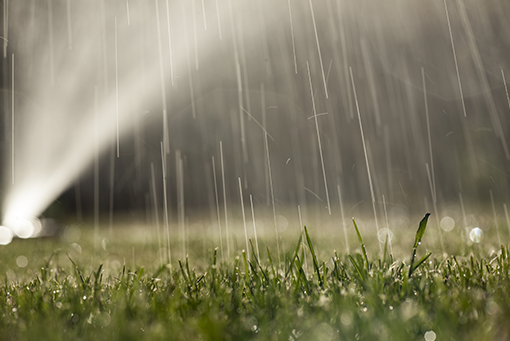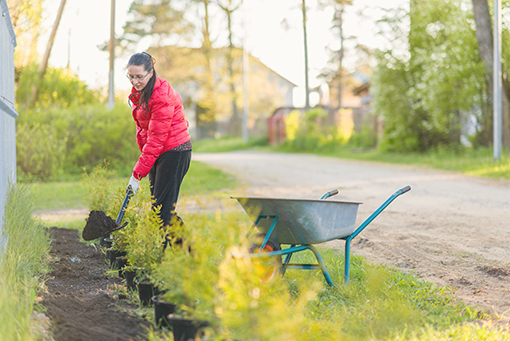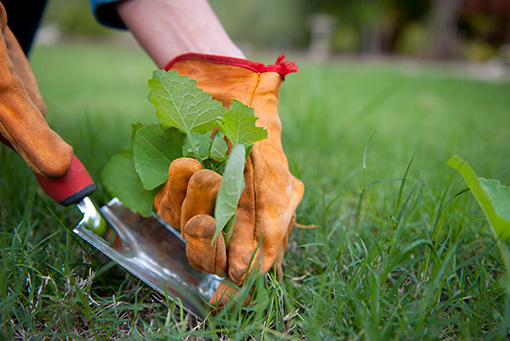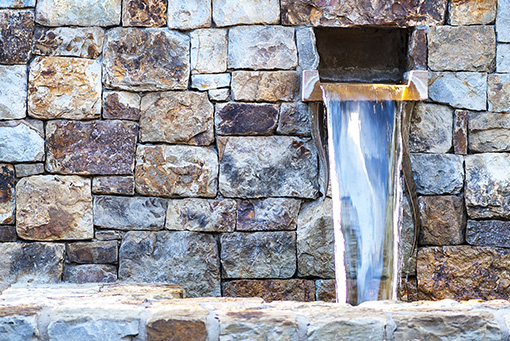Water Efficiency Measures for Landscaping

Watering:
- Detect and repair all leaks in irrigation systems.
- Use properly treated wastewater for irrigation where available.
- Water the lawn or garden during the coolest part of the day (early morning is best). Do not water on windy days.
- Water trees and shrubs, which have deep root systems, longer and less frequently than shallow-rooted plants which require smaller amounts of water more often. Check with the local extension service for advice on the amount and frequency of watering needed in your area.
- Set sprinklers to water the lawn or garden only – not the street or sidewalk.
- Use soaker hoses and trickle irrigation systems.
- Install moisture sensors on sprinkler systems.
Planting:
- Have your soil tested for nutrient content and add organic matter if needed. Good soil absorbs and retains water better.
- Minimize turf areas and use native grasses.
- Use native plants in your landscape – they require less care and water than ornamental varieties.
- Click here to download EPA’s Water Efficient Landscaping brochure.
- Click here the download Regional Water Providers Consortium’s 7 Steps For Creating and Maintaining a Water Efficient Landscape.
- Click here to download the NRCS Water Efficient Landscaping Guide.


Maintaining:
- Use mulch around shrubs and garden plants to reduce evaporation from the soil surface and cut down on weed growth.
- Remove thatch and aerate turf to encourage movement of water to the root zone.
- Raise your lawn mower cutting height – longer grass blades help shade each other, cut down on evaporation, and inhibit weed growth.
- Minimize or eliminate fertilizing which requires additional watering, and promotes new growth which will also need additional watering.
Ornamental Water Features:
- Do not install or use ornamental water features unless they recycle the water. Use signs to indicate that water is recycled. Do not operate during a drought.

